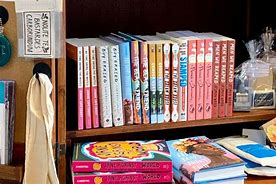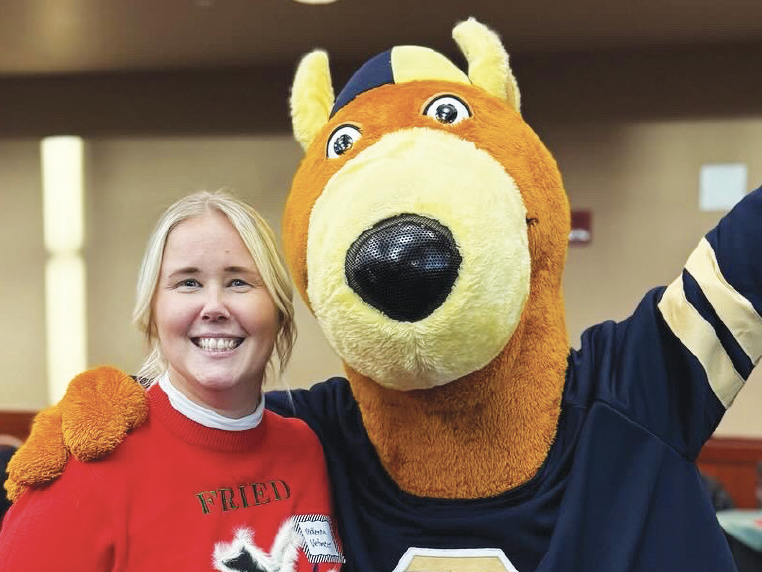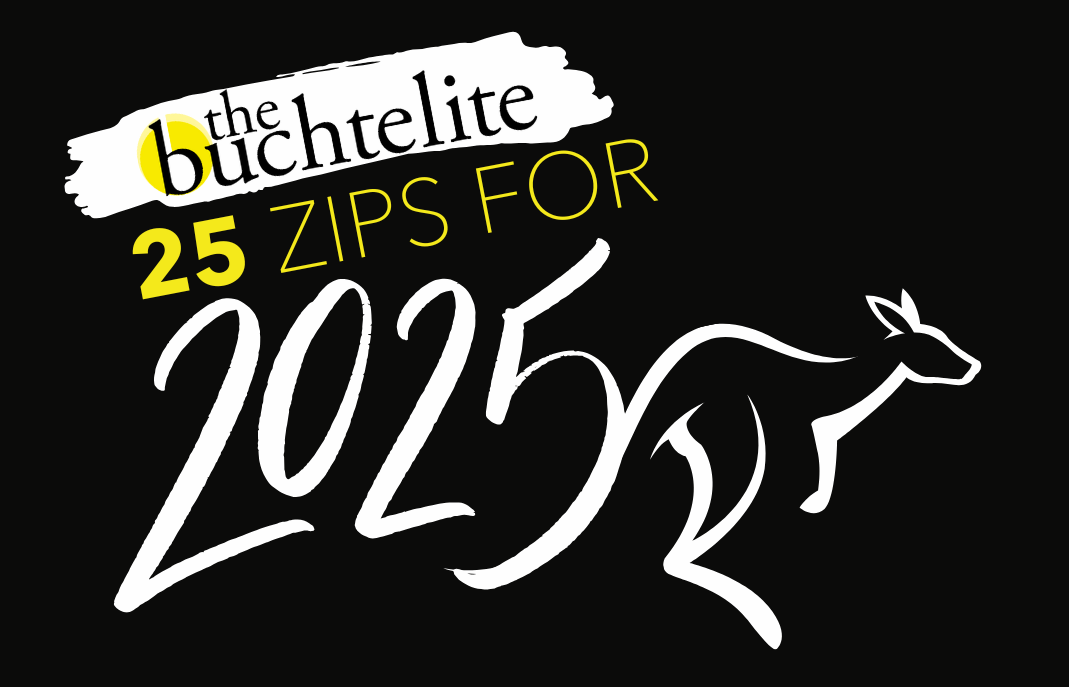Cover to Cover: Friendship subverts suffering in Hanya Yanagihara’s ‘A Little Life’
October 10, 2016
Hanya Yanagihara’s newest novel, “A Little Life,” puts four recent college graduates in the heart of New York City. These young men, all of whom met at the same university, strike out into the city to begin their lives and careers. There’s Willem, an aspiring actor working as a waiter; JB, a magazine receptionist who spends most of his time painting; Malcolm, who tries to make his name as an architect while living with his wealthy parents; and Jude, a brilliant attorney whose growing secrecy about his past begins driving a wedge between him and his friends.
The first fifty pages assure the reader that the novel is familiar. The characters hunt for apartments. They weave in and out of parties, make new friends and rendezvous with old ones. They go to bars and art shows, staying out late to talk about the futures they’ve envisioned for themselves. These are the usual touchstones of a coming-of-age novel.
But the reader realizes quickly and forcefully that there’s nothing usual about this book.
The entire novel — its bright and promising beginning and everything that follows — swings on the hinges of one night (page 67). Willem and Jude return to their apartment after a party. They fall asleep, but in the middle of the night, Jude wakes his friend.
“There’s been an accident, Willem; I’m sorry,” he tells him.
Jude has a towel wrapped around his arm. Its fabric is heavy with blood. Jude refuses to tell Willem the cause of his wound, and Willem is hesitant to pry. But after going to the hospital, where Jude is treated by their friend Andy, the issue is pulled wide open: Jude cuts himself.
After this incident, the novel’s point-of-view swivels behind Jude. We learn that his cutting is a coping mechanism for a decade of childhood abuse, and that he is immobilized by the fear of his friends discovering what happened in his youth. The narrative takes careful plunges into Jude’s past, uncovering horrors that paralyze him in the present. His suffering is so abject that the only figure in his past whom he can remember favorably is Brother Luke, a monk at the monastery where he was beaten and sexually abused. Brother Luke taugh him to cut himself so that he could grapple with his misery.
In the present, Jude’s friends know that something is wrong. But Jude refuses to find help, and they, young and afraid, struggle to address the darkness inside their friend. And so the characters continue to live their lives while this knot of tension grows between them, threatening to separate them even as it brings them together.
While the book is inarguably a coming-of-age story, the author is also unforgiving about its subject matter. Jude’s chapters refuse to shy away from addressing the awful reality of his sadness.
But more importantly, these chapters show us that he and his friends are also capable of profound kindness. Because, in spite of everything, “A Little Life” is not just tragedy porn. It’s as much about Jude’s friends and family as it is him – about how they must struggle against this dark, unknown thing that threatens to claim their friend. And, as young men bounding into their futures often do, they sometimes fumble, they sometimes fail their friend, and these fragments of their own little lives are what makes this novel beautiful.
And these fragments of life teem throughout the novel’s 720 pages. Yanagihara’s prose leaps and vaults, filling even the smallest moments in her characters’ lives — a train car filling with morning light, the sights and sounds of an artist’s studio, the sun rising over the cityscape and filling a young man’s new apartment — with wonder.
Jude himself recognizes and appreciates these moments, finding something sublime in his network of friendships: “[Jude] got to see his friends differently, not as just appendages to his life but as distinct characters inhabiting their own stories,” or “[Jude] experienced the singular pleasure of watching people he loved fall in love with other people he loved.”
He, the subject of so much misery and conflict, shows readers that although human connection cannot mend our broken lives, it can make them a little better:
“You won’t understand what I mean now, but someday you will: the only trick of friendship, I think, is to find people who are better than you are—not smarter, not cooler, but kinder, and more generous, and more forgiving—and then to appreciate them for what they can teach you, and to try to listen to them when they tell you something about yourself, no matter how bad—or good—it might be, and to trust them, which is the hardest thing of all. But the best, as well.”











